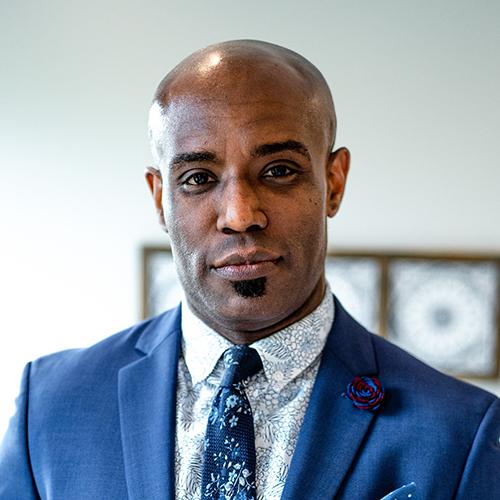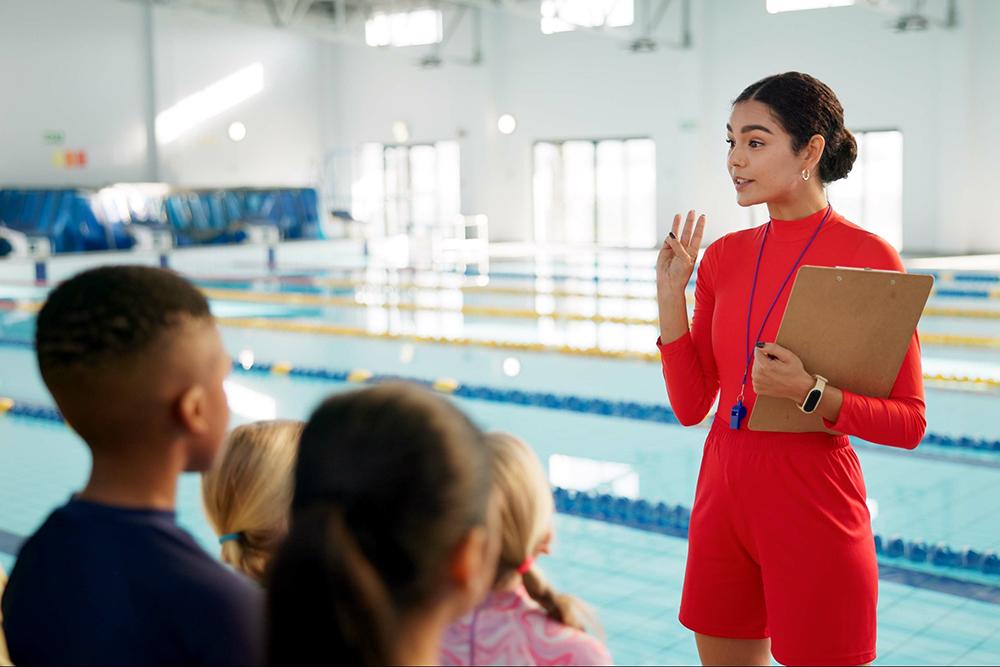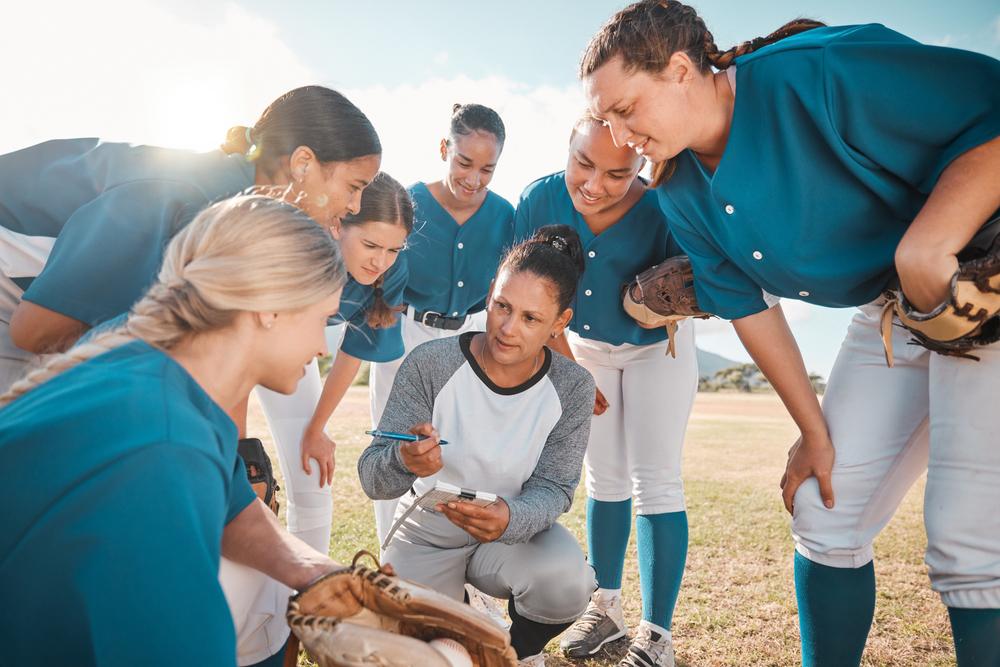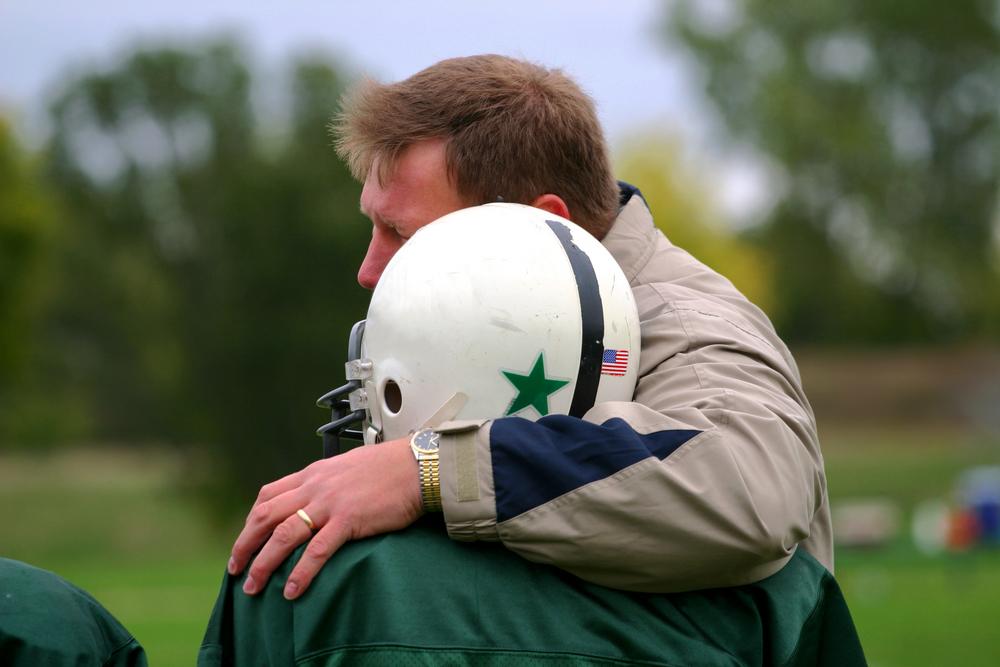 As a coach, are you thinking about helping your athletes form habits? It’s easy to be consumed by making it through the next practice or game, but in many cases, taking the time to focus on good habits can make your team run a lot smoother and lead to better results and performances.
As a coach, are you thinking about helping your athletes form habits? It’s easy to be consumed by making it through the next practice or game, but in many cases, taking the time to focus on good habits can make your team run a lot smoother and lead to better results and performances.
Here, TrueSport Expert Kevin Chapman, PhD, clinical psychologist and founder of The Kentucky Center for Anxiety and Related Disorders, is sharing why habits are so important, along with a few easy ways to start making them part of your team’s culture.
Why Habits Matter
“Having a healthy sport culture involves coaches normalizing a lot of habits that need to be normalized for young athletes, such as healthy eating habits, healthy sleep hygiene, healthy discussions of emotions, and even behavioral habits like showing up on time,” says Chapman. “All of those things shape the culture of a program.”
If you aren’t emphasizing proper fueling, sleep, or training techniques to the team, you can’t expect athletes to automatically be aware of them, he adds. Many young athletes aren’t given these resources, and too often, coaches simply assume that their athletes instinctively have these healthy habits.
And remember, whether you’re trying to pass on healthy habits or not, your athletes are learning from you. “For coaches, it’s also so important to understand the type of influence and the level of privilege you have as a coach: You influence your athletes, even if you don’t think you do. Athletes learn from the top down,” says Chapman. “They’re watching you and whether you realize it or not, they’ll emulate what you’re doing.”
How to Establish Habits for Your Team
Start early
“It’s essential for a coach to establish habits within the team culture early, and weave them through daily activities such as practice, pre-game, and post-competition,” says Chapman.
Whether it’s a visualization exercise, a team pep talk, or a way of eating or hydrating, we often start adding new habits on the day of a competition, rather than starting those healthy habits months before. If visualization is a key game day technique for your team, every practice could begin with a two-minute visualization for that practice—establishing it as a cornerstone habit for the team and making the act of visualizing even more effective on game day.
Focus on regulating emotions
Emotional regulation and being able to talk about emotions comfortably  are both important habits when it comes to the success of an athlete, Chapman says. They can also be difficult habits to teach, since they require you as the coach to demonstrate what healthy emotional regulation looks like, be comfortable expressing emotion, and allow the athletes around you to share their feelings in a judgement-free space. “The best healthy habit a coach can bring to a team is the ability for athletes to be able to talk about emotional experiences, to share what they need and what they’re concerned about, and for athletes to be able to find ways to hold each other accountable.”
are both important habits when it comes to the success of an athlete, Chapman says. They can also be difficult habits to teach, since they require you as the coach to demonstrate what healthy emotional regulation looks like, be comfortable expressing emotion, and allow the athletes around you to share their feelings in a judgement-free space. “The best healthy habit a coach can bring to a team is the ability for athletes to be able to talk about emotional experiences, to share what they need and what they’re concerned about, and for athletes to be able to find ways to hold each other accountable.”
Chapman is a fan of pre-setting boundaries for how athletes respond to situations that may arise in sport, and here, he’s sharing his favorite strategies that can easily become habits for your team.
Pre-Game
You can do anything pre-game, from a specific series of warmup drills to meditation to a guided visualization. The key, Chapman says, is to make your pre-game rituals consistent so the athletes know what to expect and how to respond. He prefers seeing coaches lead athletes through stretches and drills followed by a short, guided breathing and visualization exercise to help athletes become present and focused.
During Game
“During competition, I like a coach to have created different cues that everybody on the team can understand,” Chapman says. “A coach shouldn’t be saying anything new on game day—everything you’re saying to your athlete should be a cue that they already know and can execute.” Essentially, you should be using practices and training to create shorthand cues with your athletes so they can act on them during competition.
For example, Chapman likes the cue “press the reset button.” He explains that he uses this phrase when something happens that has an athlete getting emotional or feeling out of control. “When an athlete is getting in their own head, I like when a coach can simply tell them to hit the reset button, and that athlete knows how to take a moment, shake it off, and come back in control.”
Post-Game
Chapman wants coaches and athletes to be in the habit of asking one simple question post-game: What did we learn? “Let every person on the team give two to three bullet points on things that they learned, things that went well, and things they could improve on for next time,” he says. “Having that habit in place can really change the dynamic of a team’s culture for the better.”
These routines and habits don’t happen overnight: They take time and effort to establish. Your athletes may not be used to them, and it may feel awkward at first, Chapman says. But with some practice and effort on your part to help athletes get into these habits, you’ll see emotional regulation improve on and off the playing field. And once athletes have control of their mindset and emotions, it’s easier to introduce other healthy habits into their routines as well.
___________________________
Takeaway
Helping athletes create healthy habits should be part of your regular team culture to both improve athlete wellness and team performance. These healthy habits can range from nutrition to timeliness to emotional regulation. As a coach, you’re uniquely poised to help athletes learn habits that will help them thrive now and in the future.



